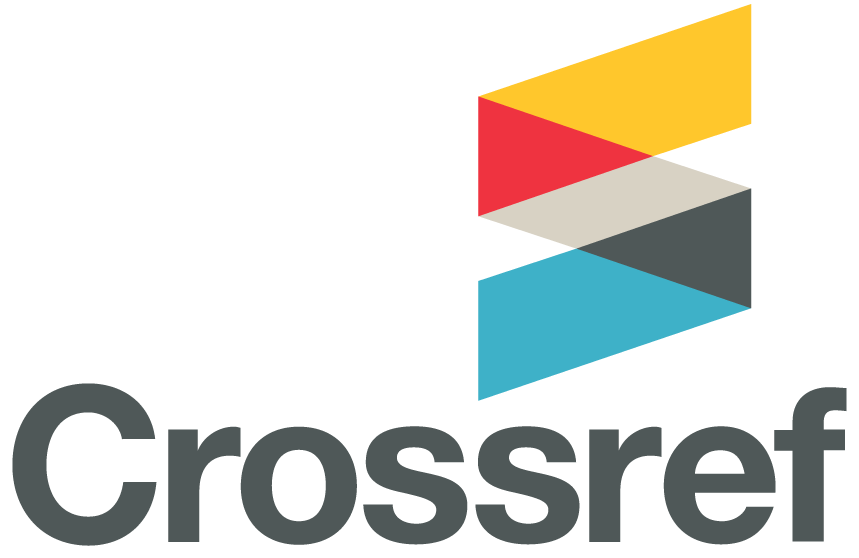Cytotoxic Effect of Nano Polyvinylidene Fluoride On Human Gingival Fibroblast
DOI:
https://doi.org/10.32828/mdj.v21i1.1180Keywords:
Nano PVDF, Cytotoxicity, MTT-Assay, Sodium fluoride varnish, Human gingival fibroblast, BiocompatibilityAbstract
Aim: This investigation is the first to investigate the cytotoxic effects of Nano Polyvinylidene-Fluoride (PVDF) on Human Gingival Fibroblasts (HGF) cells in comparison to sodium fluoride (NaF) varnish .The objective of the investigation is to assess the potential of Nano-PVDF as a safer and potential alternative to fluoride-based treatments by comparing the cytotoxicity of three different PVDF concentrations ( 1.26%, 2.26%, and 3.26%) to NaF varnish (2.26%). Method: The MTT-Assay was performed to evaluate the cytotoxicity of the tested materials on HGFs. To assess the toxic effects ,cell viability after the application of NaF varnish (2.26%) and PVDF (1.26%, 2.26%, and 3.26%) at each concentration.Results:The finding indicated that all concentrations of PVDF exhibited lower cytotoxicity compared to NaF varnish. Within the PVDF groups , the 3.26% concentration demonstrated the least cytotoxicity, succeeded by 2.26% and 1.26% respectively. On the other hand, NaF varnish exhibited the greatest toxicity among the evaluated substances.Conclusion:This innovative study demonstrates that Nano-PVDF, particularly at a concentration of 3.26%, is a promising material exhibiting enhanced biocompatibility and less cytotoxicity relative to traditional NaF varnish. All data represented that Nano-PVDF may function as a safer option in dental treatments, with exhibiting little adverse effects on oral cells.
References
References
1. Tao S, Zhu Y, Yuan H, Tao S, Cheng Y, Li J, et al. Efficacy of fluorides and CPP-ACP vs fluorides monotherapy on early caries lesions: A systematic review and meta-analysis.Journals.plos.org 2018;13(4):e0196660.
2. Salomão PMA, Oliveira FAd, Rodrigues PD, Al-Ahj LP, Gasque KCdS, Jeggle P, et al. The cytotoxic effect of TiF4 and NaF on fibroblasts is influenced by the experimental model, fluoride concentration and exposure time. Journals.plos.org 2017;12(6):e0179471.
3. Saxena P, Shukla PJPB. A comparative analysis of the basic properties and applications of poly (vinylidene fluoride)(PVDF) and poly (methylmethacrylate)(PMMA).Polymer Bulletin 2022;79(8):5635-65.
4.Li P, Oh C, Kim H, Chen-Glasser M, Park G, Jetybayeva A, et al. Nanoscale effects of beverages on enamel surface of human teeth: An atomic force microscopy study. Journal of the mechanical behaviour of biomedical materials 2020;110:103930.
5.Kang N, Hong J-R, Choung P-HJJotKAoO, Surgeons M. Bioassay of human tooth protein blotted polyvinylidene difluoride (PVDF) membrane. Journal of the Korean Association of Oral and Maxillofacial Surgeons 2004:186-92.
6.Mosmann TJJoim. Rapid colorimetric assay for cellular growth and survival: application to proliferation and cytotoxicity assays. Journal of immunological methods 1983;65(1-2):55-63.
7.Lee J-H, Jung J-Y, Jeong Y-J, Park J-H, Yang K-H, Choi N-K, et al. Involvement of both mitochondrial-and death receptor-dependent apoptotic pathways regulated by Bcl-2 family in sodium fluoride-induced apoptosis of the human gingival fibroblasts.Toxicology2008;243(3):30
8.Kato N, Nakai K, Tanaka H, Fukuzawa K, Hayashi M, Aoki M, et al. The Role of Sodium Fluoride Mouthwash in Regulating FGF-2 and TGF-β Expression in Human Gingival Fibroblasts. Biomedicines 2024;12(8):1727.
9.Marques L, Holgado LA, Simões RD, Pereira JD, Floriano JF, Mota LS, et al. Subcutaneous tissue reaction and cytotoxicity of polyvinylidene fluoride and polyvinylidene fluoride-trifluoroethylene blends associated with natural polymers. Journal of Biomedical Materials Research Part B: Applied Biomaterials 2013;101(7):1284-93.
Downloads
Published
Issue
Section
Categories
License
Copyright (c) 2025 Athraa Sarhan, Maha Jamal Abbas , Hayder Hamed Abed

This work is licensed under a Creative Commons Attribution 4.0 International License.
The Journal of Mustansiria Dental Journal is an open-access journal that all contents are free of charge. Articles of this journal are licensed under the terms of the Creative Commons Attribution International Public License CC-BY 4.0 (https://creativecommons.org/licenses/by/4.0/legalcode) that licensees are unrestrictly allowed to search, download, share, distribute, print, or link to the full texts of the articles, crawl them for indexing and reproduce any medium of the articles provided that they give the author(s) proper credits (citation). The journal allows the author(s) to retain the copyright of their published article.
Creative Commons-Attribution (BY)








